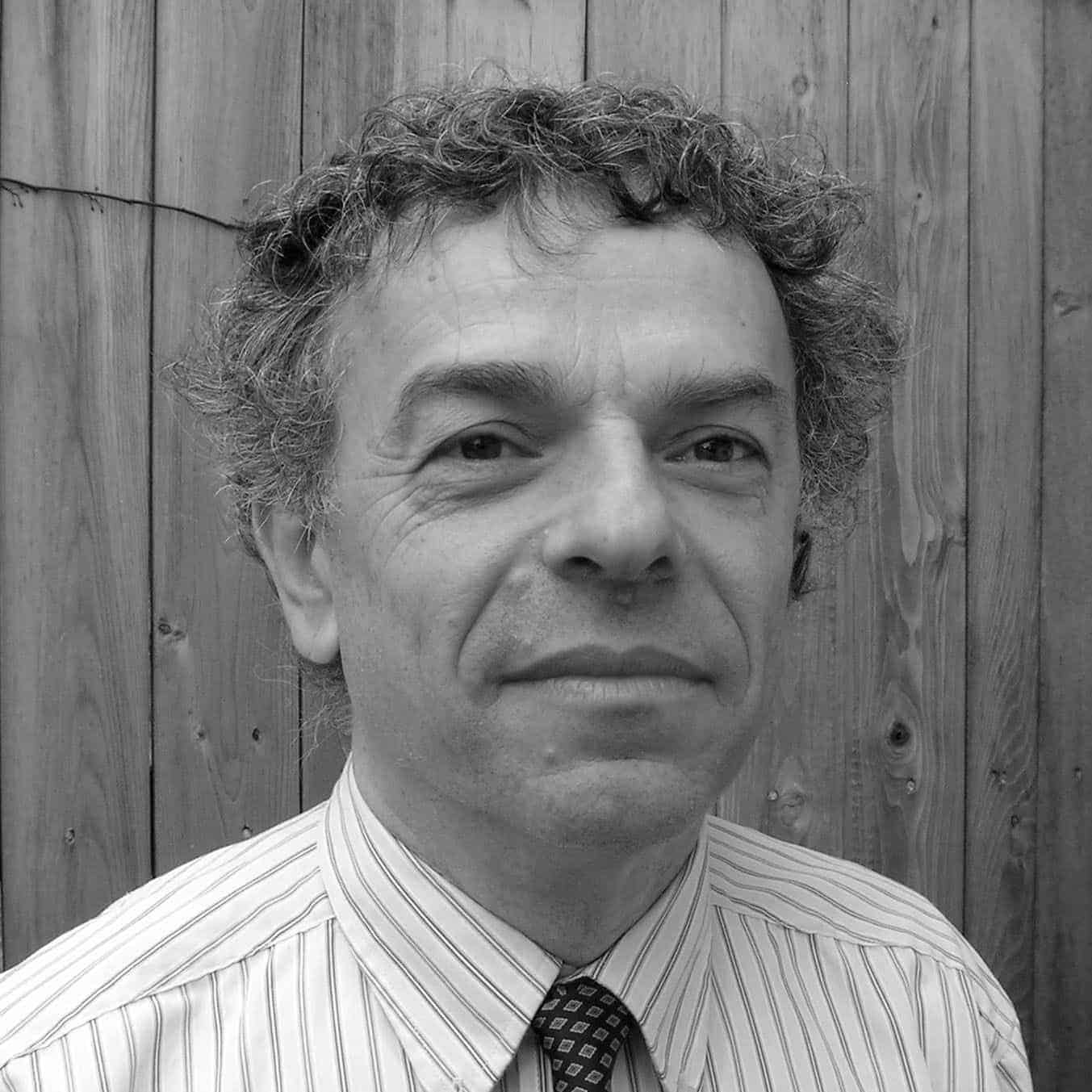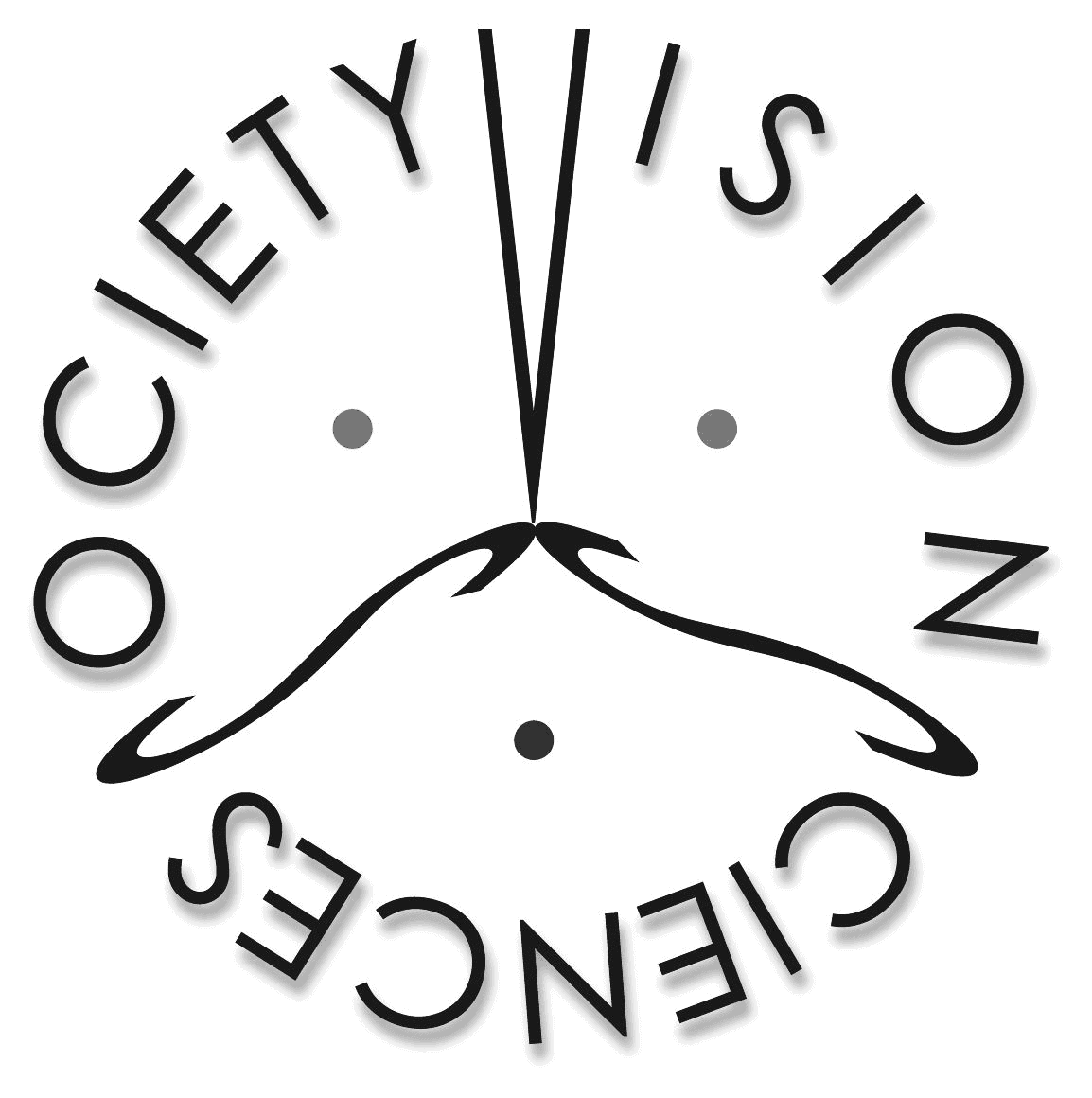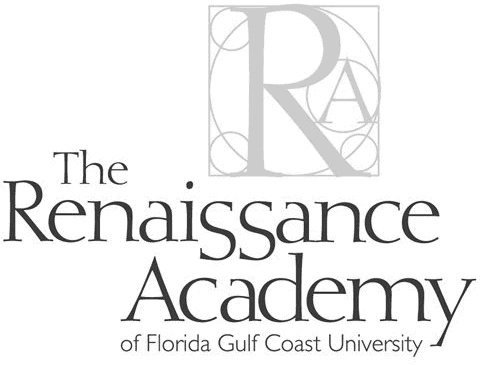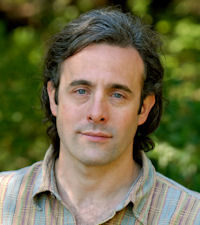Monday, May 9, 2011, 7:00 – 10:00 pm
Buffet Dinner: 7:00 – 9:00 pm, Vista Ballroom, Sunset Deck and Mangrove Pool
Demos: 7:30 – 10:00 pm, Royal Palm 4-5 and Acacia Meeting Rooms
Please join us Monday evening for the 9th Annual VSS Demo Night, a spectacular night of imaginative demos solicited from VSS members. The demos highlight the important role of visual displays in vision research and education.
This year, Arthur Shapiro, Dejan Todorovic, and Gideon Caplovitz are co-curators for Demo Night.
New This Year – We are pleased to announce that ViperLib is sponsoring a “best demo for ViperLib” prize. Thanks in part to the generosity of ECVP, the best demo (or two) will be awarded the honor of being featured on ViperLib and will receive 100 Euros or Pounds Sterling. (The winner gets to decide on their currency of preference).
Buffet dinner is served on the Sunset Terrace, Sunset Deck and Mangrove Pool. Demos are located upstairs on the ballroom level in the Royal Palm 4-5 and Acacia Meeting Rooms.
Be sure to visit the exhibitor area in the Orchid Foyer as some exhibitors have also prepared special demos for Demo Night.
Demo Night is free for all registered VSS attendees. Meal tickets are not required, but you must wear your VSS badge for entry to the Dinner Buffet. Guests and family members of all ages are welcome to attend the demos but must purchase a ticket for dinner. You can register your guests at any time during the meeting at the VSS Registration Desk, located in the Royal Palm Foyer. A desk will also be set up at the entrance to the dinner in the Vista Ballroom at 6:30 pm.
Guest prices: Adults: $25, Youth (6-12 years old): $10, Children under 6: free
A Gilbert Stuart Portrait of You
Krista Ehinger, MIT; Eric Altschuler, MD, PhD, New Jersey Medical School
Gilbert Stuart (1755-1828) painted the first five US Presidents who died before photography, and also President John Quincy Adams (1767-1848) who was photographed. We appreciated such portrait/photograph pairs as a ‘’Rosetta Stone’’ to the pre-photography era, and created a model to obtain photographic representations for those never photographed. We ‘’reverse’’ the model to make ‘’Gilbert Stuart portraits’’ from photos of attendees.
A New Method to Induce Phantom Limbs
Elizabeth Seckel, V.S. Ramachandran, and Beatrix Krause, UCSD; Claude Miller, UCLA
If one is dark adapted, a brief, bright flash may bleach the photoreceptors, allowing whatever is seen during the flash to be “imprinted” on the retinas for several seconds. By uncoupling visual feedback from proprioception, we will give you the experience of phantom limbs!
Bend it like Beckham
Kurt Debono, Alexander C. Schütz, and Karl R. Gegenfurtner, Justus Liebig University, Giessen, Germany
A pursued target travelling in a straight line on a moving background appears to initially move in the direction of the background before bending towards its veridical direction. The illusion occurs when a peripheral marker is aligned with background motion, and breaks down when it is aligned with target direction.
Blink-Induced-Blindness (BIB) in Multiple-Object-Tracking (MOT) shows when vision does not extrapolate
Deborah J. Aks, Hristyian Kourtev, Harry Haladjian, and Zenon Pylyshyn, Rutgers University; Jiye Shen, SR-Research Ltd.
Do we predict where moving objects reappear when MOT is interrupted? Our blink-contingent demonstration suggests not. When tracking objects that stop during eye-blinks, motion-discontinuities are indistinguishable from continuous motion. Not only do paths appear surprisingly smooth, but tracking is easier. Thus, both percept and performance are not predicted by extrapolation.
Class A procedure for measuring visual aftereffects
Qasim Zaidi and Rob Ennis, Graduate Center for Vision Research SUNY College of Optometry
You will see how to make objective measures of the magnitudes of aftereffects of color, brightness, motion, tilt, spatial-frequency, size, and other visual qualities, using identity judgments on time-varying stimuli. You will also see how you can take this method and apply it to simultaneous adaptation along multiple qualities.
Color Rotation and Expansion/Contraction Standstill
Max R. Dürsteler, University Hospital Zurich
A slowly rotating color wheel with alternating sectors painted in isoluminant colors is perceived as standing still in the presence of a stationary luminance mask. Rings painted in isoluminant colors are alternating expanding or contracting. When shown behind a stationary luminance mask, the precept of expansion or contraction is lost.
Colorful demonstrations of perceptual phenomena
Orit Baruch, University of Haifa
Several perceptual phenomena are demonstrated in paintings. It is demonstrated that our perceptual tendencies obscure other alternatives which may be present in the images.
Dichoptic Completion
Gao Meng, School of Medicine, Tsinghua University, Beijing, China; Li Zhaoping, Department of Computer Science, University College London
We named the illusion “dichoptic completion”, when two very different images in the two eyes are seen simultaneously or complement each other, rather than rivaling against each other, or averaging in perception.
Dyops™ (short for Dynamic Optotypes™) as a revolutionary new method for determining visual acuity
Allan Hytowitz, Animated Vision Associates, LLC; John Hayes, Yu-Chi Tai, Sung Ouk Jang, James Sheedy, Vision Performance Institute, College of Optometry, Pacific University
A constantly rotating segmented image provides a precise measure of acuity based upon the maximum distance for detection of that image rotation as determined by the angular size of that image.
‘’Exorcist 2011’’ – Combining the hollow-face and hollow-torso illusions
Thomas V. Papathomas and Tom Grace, Rutgers Unversity
Hollow masks appear as normal convex faces (hollow-mask illusion) and move as viewers move in front of them. We combine hollow masks and “bollow” (convex) torsos. The result is a compelling illusion: torsos and masks rotate in opposite directions; necks twist in a spectacular fashion (“Exorcist illusion”).
How Does the Brain Determine Size? A Size Weight Shape Illusion
Elizabeth Seckel, UCSD; Edward M Hubbard, Vanderbilt; Eric L Altschuler, New Jersey Medical School; VS Ramachandran, UCSD
120 years ago Charpentier described a remarkable effect: a larger object feels lighter than a smaller object of the same scale-weight. But how does the brain determine ‘’size.’’ Using sets of discs and annuli attendees can experience for themselves that the brain uses only the largest diameter to determine size.
Infinite X: Illusions of perpetual increases in magnitude
Mark W. Schurgin, Brian R. Levinthal, Alexandra List, Aleksandra Sherman, Satoru Suzuki, Marcia Grabowecky, and Steven L. Franconeri, Northwestern University, Psychology
We present a modification of two- and four-stroke motion that creates a sense of perpetual change in more abstract dimensions, such as size and emotion. This experience is highly sensitive to the timing of a blank frame or reversal of polarity. Furthermore, pausing our animations produces a robust after-effect.
Launching apparent motion: The Michotte gun
Sung-Ho Kim, Jacob Feldman, and Manish Singh, Rutgers University
We will demonstrate that the perception of causality can affect apparent motion. Perceived causality can resolve a motion correspondence problem, and also bias the paths of moving objects.
Lifestyle and its impact on your face
David Perrett, Ross Whitehead, David Hunter, Carmen LeFervre, and Dan Re, University of St Andrews
We show visitors how lifestyle affect their face own appearance. Facial fatness predicts current illnesses and early mortality. Smoking and sun exposure hasten age-related skin wrinkling and uneven pigmentation. Increasing fruit and vegetables consumption and exercise benefit health and modify skin colour in ways that enhance healthy appearance.
Meet a robot that navigates and sees as we do
Yunfeng Li and Tadamasa Sawada, Purdue University; Meng Yi and Longin Jan Latecki, Temple University; TaeKyu Kwon and Yun Shi, Purdue University; Robert M. Steinman, University of Maryland; Zygmunt Pizlo, Purdue University
We will demonstrate a seeing robot, who can: (i) solve the figure-ground organization problem, (ii) navigate within a 3D scene, and (ii) recover 3D shapes of objects.
Minimap based navigation with high-fidelity virtual reality.
Matthias Pusch and Paul Elliott, WorldViz
Literally walk through high-fidelity virtual environments in full scale and experience a stunning sense of immersion. With the new WorldViz minimap implementation, you can intuitively move yourself to any location and easily explore arbitrarily large virtual spaces, while using only a small physical footprint. Simply don a stereoscopic head-mounted display and you’re free to walk and explore naturally. Interact with virtual objects using the WorldViz PPT Wand hand interaction device.
Motion aftereffect from an image that isn’t moving, on a test image that isn’t there
Mark Georgeson, Aston University, UK
You adapt briefly to sine gratings whose contrast reverses in sawtooth fashion over time. Stationary test gratings then appear to be drifting. Then, on a completely blank screen, you will see gratings moving in the opposite direction. The effects reflect spatial and temporal gradient filters in motion encoding (Anstis, 1990).
New Star Trek Illusion
Li Li and Diederick Niehorster, and Joseph Cheng, Department of Psychology, The University of Hong Kong; Sieu Khuu, School of Optometry, University of New South Wales, Australia
We will show how the perceived direction of self-motion specified by the motion signal in a radial flow pattern (like in Star Trek movies) can be biased toward the center of a static radial form pattern composed of dot pairs. Furthermore, we will show how this bias can be reduced by reducing the global form coherence of the static radial form pattern.
Spinning Ellipses
Gideon Paul Caplovitz and Kyle Killebrew, University of Nevada Reno
Who says spinning an ellipse has to be boring?
The disembodied eye
Jordan Suchow and Maryam Vaziri-Pashkam, and Ken Nakayama, Department of Psychology, Harvard University
When looking at an upside down face, the eyes eventually appear to flip right-side up, giving the eery impression that they no longer belong to the face. The same is true of a mouth.
The Emotion Mirror: A Novel Intervention for Facial Expression Production and Perception Training for Children with Autism
Dave Deriso and Josh Susskind, UCSD; Jim Tanaka, UV; John Herrington and Bob Schultz, CHOP; Marian Bartlett, UCSD
We will present a novel use of machine learning and computer vision to aid in the treatment of autism. This demo is an intervention game where cartoon characters mimic facial expressions in real-time to improve the ability of children to produce basic emotion facial expressions.
The Flickering Wheel
Rodika Sokoliuk and Ramakrishna Chakravarthi, Centre de Recherche Cerveau et Cognition, Toulouse
We will present a new dynamic illusion: The Flickering Wheel, a way to visually experience your brain oscillations. The static circular stimulus, built up of alternating black and white sectors, elicits a flickering sensation in its center which is caused by an interaction between eye movements and alpha oscillations.
The Floating Light
Martin Rolfs, New York University, Department of Psychology; Maryam Vaziri Pashkam, Harvard University, Vision Sciences Laboratory
A bright object in a dim frame dramatically shifts position when both are set in motion, breaking the law of common fate. In a three-dimensional setup, either the stimulus set or the observers will move. We will also illustrate disturbingly strong versions of the related Hess-, Pulfrich- and flash-lag-effects.
The Incredible Shrinking Peter Illusion
Stuart Anstis, UC San Diego
Reverse phi makes an image of Pete Thompson continually shrink while SA continually expands, though neither changes in mean size. Pete Thompson will dobtless award this his Viperlib prize.
The Leaning Tower Illusion: a 2D illusion?
Aaron Johnson and Bruno Richard, Concordia University
The Leaning Tower Illusion occurs when an image of a tower appears lopsided when placed next to a copy of itself. In this demo, we show that the illusion does not exist when real towers are placed next to each other, but does exist when viewed on a 2D screen.
The Speed Illusion of Trains
James Lu and Anthony Chen, University High School
In this demo, we show that if you have two objects moving at the same speed, the closer one will appear to be moving faster than the one further away.
Transilience Induced Blindness and Selective Filling-in of Artificial Scotoma
Seiichiro Naito, Makoto Katsumura and Ryo Shohara, Human and Information Science, Tokai University, Japan
The large MIB target figure would disappear. We devised the novel inducing stimuli. The MIB target has been identified as the perceptual or artificial scotoma. We found that any uniform color would fill-in, Neither simple line segments passing under the targets nor fine textures could never fill in.
Unpredictable slopes
Elnaz Nouri, University of Southern California; Mouna Attarha, The University of Iowa
Careful with the slopes! Here, we will show you that surfaces arranged in particular ways trick the visual system into miscalculating the flow of water. Come over to learn why.
Vectorized LITE
Kenneth Brecher, Boston University
We will show fully vectorized images we have constructed based on visually striking art works, such as Isia Leviant’s ‘’Enigma’’, Bridget Riley’s ‘’Fall’’ and Reginald Neal’s ‘’Squares of Two’’ where sharp, large format printing enhances the psychophysical phenomena. The PDF’s can be found at: http://lite.bu.edu.
What do deforming shapes teach us about 3-D structure-from-motion?
Anshul Jain and Qasim Zaidi, Graduate Center for Vision Research, SUNY College of Optometry
You will judge the aspect ratios of flexing and rigid 3-D cylinders to test your ability to extract structure from motion without rigidity assumptions. You will also see how rotating symmetric cylinders around oblique axes creates asymmetric percepts corresponding to asymmetries in the image velocity pattern.
What right angle bias?
Lydia Maniatis, American University
The impression of pictorial depth is often attributed to a bias for perceiving right angles and/or parallel lines. This demo was designed to show that a figure may produce depth effects despite the absence of both of these features in the percept.

 Jeremy Wolfe became interested in visual perception during the course of a summer job at Bell Labs in New Jersey after his senior year in high school. He graduated summa cum laude from Princeton in 1977 with a degree in Psychology and went on to obtain his PhD in 1981 from MIT, studying with Richard Held. His PhD thesis was entitled “On Binocular Single Vision”. Wolfe remained at MIT as a lecture, assistant professor, and associate professor until 1991. During that period, he published papers on binocular rivalry, visual aftereffects, and accommodation. In the late 1980s, the focus of the lab shifted to visual attention. Since that time, he has published numerous articles on visual search and visual attention. He is, perhaps, best known for the development of the Guided Search theory of visual search. In 1991, Wolfe moved to Brigham and Women’s Hospital where he is Director of the Visual Attention Lab and of the Radiology Department’s Center for Advanced Medical Imaging. He is Professor of Ophthalmology and Radiology at Harvard Medical School.
Jeremy Wolfe became interested in visual perception during the course of a summer job at Bell Labs in New Jersey after his senior year in high school. He graduated summa cum laude from Princeton in 1977 with a degree in Psychology and went on to obtain his PhD in 1981 from MIT, studying with Richard Held. His PhD thesis was entitled “On Binocular Single Vision”. Wolfe remained at MIT as a lecture, assistant professor, and associate professor until 1991. During that period, he published papers on binocular rivalry, visual aftereffects, and accommodation. In the late 1980s, the focus of the lab shifted to visual attention. Since that time, he has published numerous articles on visual search and visual attention. He is, perhaps, best known for the development of the Guided Search theory of visual search. In 1991, Wolfe moved to Brigham and Women’s Hospital where he is Director of the Visual Attention Lab and of the Radiology Department’s Center for Advanced Medical Imaging. He is Professor of Ophthalmology and Radiology at Harvard Medical School.


